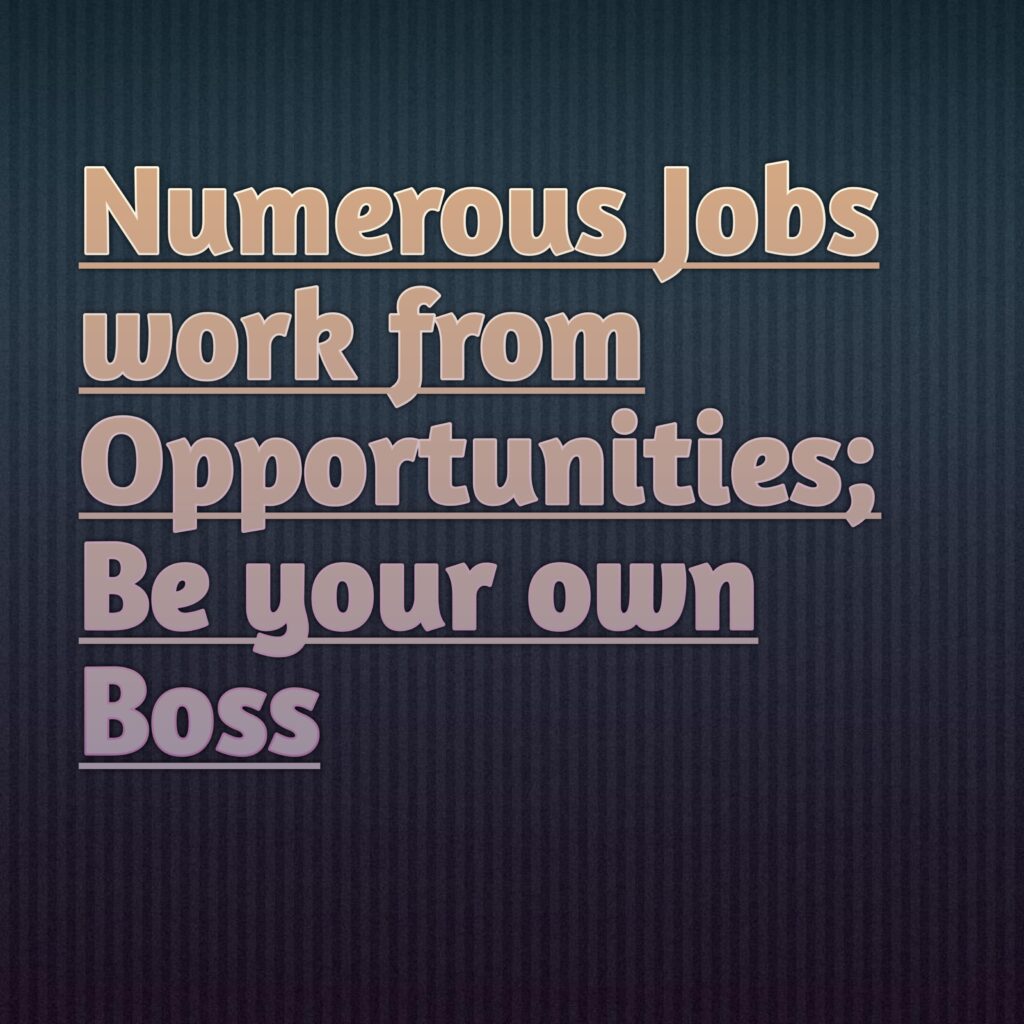
Table of Contents
Introduction
Fellowships offer invaluable opportunities for personal and professional growth, providing individuals with the resources and support to pursue their passions and make a meaningful impact. However, securing a fellowship is no easy feat, as the application process is often highly competitive. To stand out from the crowd and increase your chances of success, it’s crucial to craft an effective application that highlights your strengths and aligns with their objectives. Here are some dos and don’ts you need to know when crafting an application.
Dos and Don’ts for Crafting an Effective Fellowship Application
Do the Following:
1. Thoroughly Research the Fellowship: Before diving into the application process, take the time to do some research thoroughly. Familiarize yourself with its mission, values, and past recipients. Understanding what the fellowship seeks to achieve will enable you to tailor your application effectively.
2. Tailor Your Application: Resist the temptation to use a one-size-fits-all approach when crafting your application. Instead, customize each application to fit the specific requirements and goals of the fellowship. Highlight how your skills, experiences, and aspirations align with the fellowship’s mission and how you can contribute to its objectives.
3. Highlight Relevant Experience: When crafting your application materials, focus on highlighting the experiences and achievements that are most relevant to the fellowship. Whether it’s academic accomplishments, professional achievements, or community involvement, make sure to emphasize how these experiences have prepared you to excel in the fellowship.
4. Craft a Compelling Personal Statement: Your personal statement is your opportunity to introduce yourself to the selection committee and make a lasting impression. Use this space to tell your story, share your passions, and articulate your reasons for applying to the fellowship. Be authentic, reflective, and compelling in your writing, and don’t shy away from showcasing your unique voice and perspective.
5. Secure Strong Letters of Recommendation: Choose recommenders who can speak to your qualifications, character, and potential effectively. Select individuals who know you well and can provide specific examples of your skills and achievements. Provide your recommenders with ample time to write thoughtful and personalized letters that highlight your suitability for the opportunity.
Don’t do the Following:
1. Submit Generic Applications: Avoid the temptation to submit generic applications that fail to demonstrate genuine interest and alignment with the fellowship’s values. Take the time to customize your application materials to showcase your enthusiasm and commitment to their mission.
2. Overlook Application Instructions: Carefully review the application instructions and ensure that you understand all requirements and deadlines. Failure to follow instructions or meet deadlines could result in your application being disqualified, regardless of your qualifications.
3. Underestimate the Importance of Proofreading: Meticulously proofread your application materials to catch errors in grammar, spelling, and formatting. Typos and grammatical mistakes can detract from the professionalism of your application and may signal a lack of attention to detail.
4. Neglect the Importance of Fit: Be selective in the fellowships you apply to and prioritize those that align closely with your background, interests, and career goals. Applying to fellowships that are not a good fit for you may result in wasted time and effort and diminish your chances of success.
5. Wait Until the Last Minute: Procrastination is your enemy when it comes to fellowship applications. Start the application process early to give yourself ample time for research, reflection, and revision. Waiting until the last minute increases the likelihood of rushing through your application and submitting subpar materials.
Conclusion
Crafting an effective fellowship application requires careful planning, attention to detail, and a genuine commitment to the fellowship’s mission. By following the dos and don’ts outlined above, you can enhance your application and increase your chances of standing out in a competitive field. Remember to stay true to yourself, showcase your strengths, and demonstrate your passion for making a difference.
Securing a fellowship is a challenging but rewarding endeavor that can open doors to exciting opportunities and meaningful experiences. Don’t be discouraged by the competitive nature of the application process. Instead, approach it with determination, enthusiasm, and a willingness to learn and grow. With perseverance and dedication, you can turn your aspirations into reality. For more information, read this article by ProFellow.
Interested applicants can apply to:
Scholarship Opportunity: University of Adelaide Global Academic Excellence Scholarship 2024
Grants 2024: Earth Journalism Network (EJN) Biodiversity Media Grants
Graça Machel Trust: Women Creating Wealth Intergenerational (WCW-I) Edition 2024 For African Women
NNPC/TotalEnergies International Scholarship 2024 (Fully Funded)





